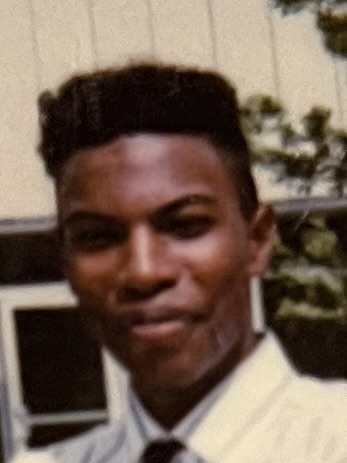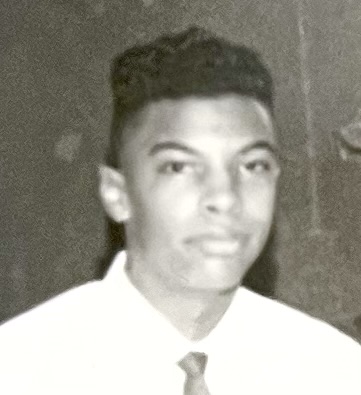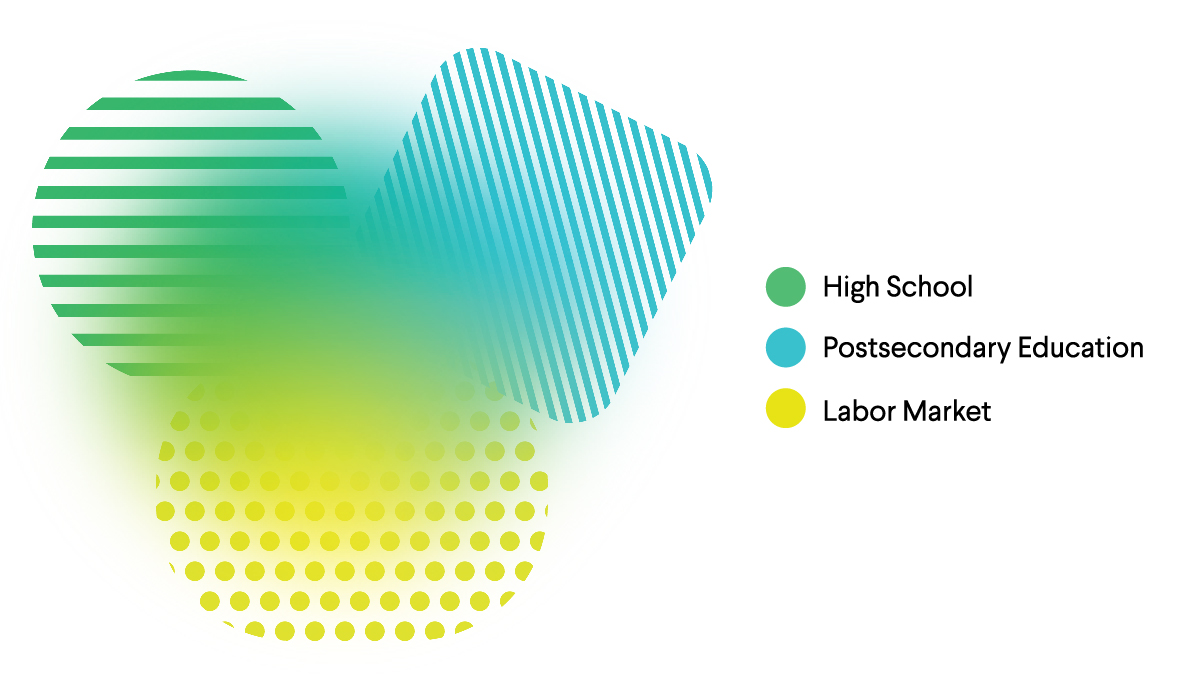My recent work with several states on work-based learning strategies has led me to reflect on my own first real work experience. I was 15 years old. The local Urban League was partnering with businesses to arrange summer jobs for high school- and college-aged students from underserved communities. With my father’s encouragement and a work permit in hand, I went down to the Urban League’s offices and filled out an application. Soon, I was contacted by the state library for the deaf and blind. I went to the job interview wearing a shirt and tie, as instructed by my father, and hoped they would hire me. My soon-to-be supervisor commented on my professional appearance, adding that I wasn’t required to wear a tie for this job.
 My job would be to operate a thermoforming machine, which made braille copies of books. Based on the orders we received, we would pull the needed books from the shelves and use the machines to melt plastic sheets into braille copies of each page. We would then bind the book, box it, and ship it to the requested location. Shelving returned books was also part of the duties, as was sending books and videos on sign language to libraries and schools.
My job would be to operate a thermoforming machine, which made braille copies of books. Based on the orders we received, we would pull the needed books from the shelves and use the machines to melt plastic sheets into braille copies of each page. We would then bind the book, box it, and ship it to the requested location. Shelving returned books was also part of the duties, as was sending books and videos on sign language to libraries and schools.
It was a great experience. Although I did not realize it at the time, I was learning more than the technical and soft skills I needed to operate the thermoforming machine. I was also learning key lessons about working, such as the importance of having a professional appearance and how to appropriately interact with staff and effectively communicate with team members.
Much of what I learned then has helped me to understand workplace processes and responsibilities, a lesson that has carried over to today. For example, I gained insight into how tasks are organized and managed professionally. But as a 15-year-old, I did not know how to translate these skills into resume language or how to articulate in a job interview how these skills were transferable to performing the tasks required for the position I was applying for. In fact, it wasn’t until I was in my 30s, when I was participating in a leadership academy for young professionals about building social and political capital in a workplace, that I came to realize that these were concepts that I had been introduced to when I was 15.
Now that I am involved in education-to-career pathways work, I can see how helpful it would have been for my career maturation if I had been taught how to recognize and articulate these acquired skills earlier in my professional life. And I have to ask: What if we didn’t leave these workplace lessons to chance?
 What if we were able to turn ordinary jobs—jobs that are like the one I worked at when I was 15—into experiences that enable young people to consciously develop the type of workplace knowledge and skills that we associate with formal work-based learning experiences?
What if we were able to turn ordinary jobs—jobs that are like the one I worked at when I was 15—into experiences that enable young people to consciously develop the type of workplace knowledge and skills that we associate with formal work-based learning experiences?
Like me in my first job, young people are gaining skills and knowledge through their jobs, but if we take a more intentional approach to helping them to identify and reflect on what they are learning, we could bolster their preparation for careers.
High schools and colleges that have struggled to scale work-based learning could dramatically expand opportunities for their students to learn in workplaces if they build the capacity to facilitate “learning-based work.”
The co-leads of Jobs for the Future’s Pathways to Prosperity Coalition, Charlotte Cahill and Kyle Hartung, use this play on words to bring attention to the learning that happens in the jobs that many students already have. It’s an approach that also recognizes that students who need to earn wages to support themselves or their families or to pay for school are often unable to participate in unpaid work-based learning. With the right level of engagement and support by educators, learning-based work experiences could offer many of the benefits of work-based learning.
At JFF, we are bullish that learning-based work experiences could benefit young people in many of the ways work-based learning does by facilitating exposure to the world of work, the development of transferable employability skills, and greater understanding of how professional networks and professional social capital operate. We need to continue to work toward scaling work-based learning, but we also see learning-based work as yet another lever for disrupting the rigid divides between classroom instruction and the world of work. In the Big Blur, JFF lays out a vision for what it would take to blur the boundaries of high school, college, and careers for young adults, ages 16–20.



 My job would be to operate a
My job would be to operate a  What if we were able to turn ordinary jobs—jobs that are like the one I worked at when I was 15—into experiences that enable young people to consciously develop the type of workplace knowledge and skills that we associate with formal work-based learning experiences?
What if we were able to turn ordinary jobs—jobs that are like the one I worked at when I was 15—into experiences that enable young people to consciously develop the type of workplace knowledge and skills that we associate with formal work-based learning experiences?




